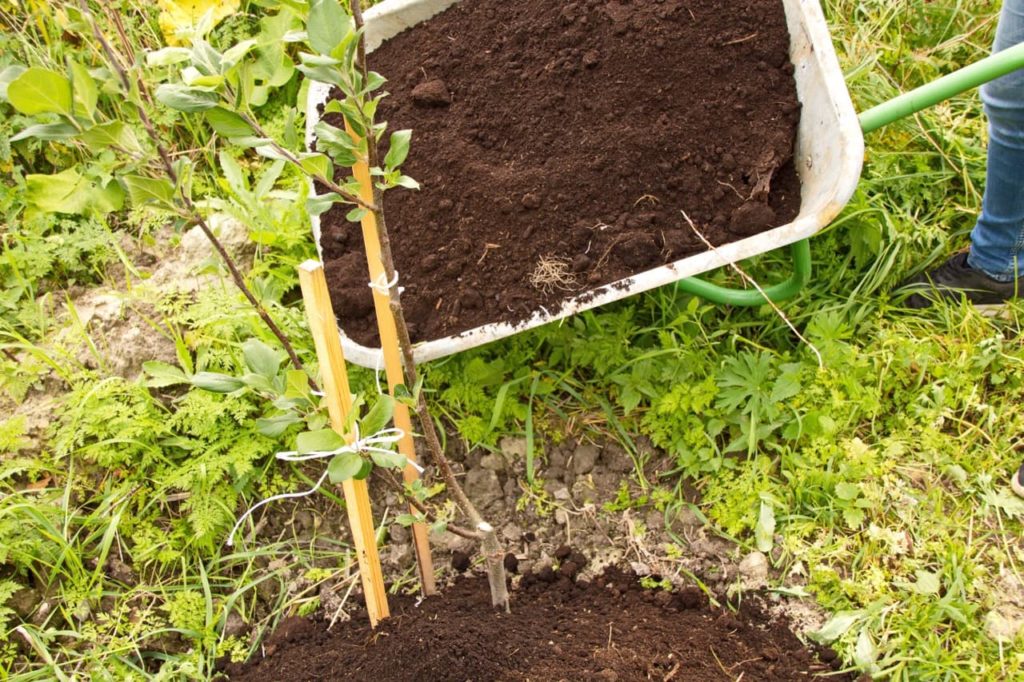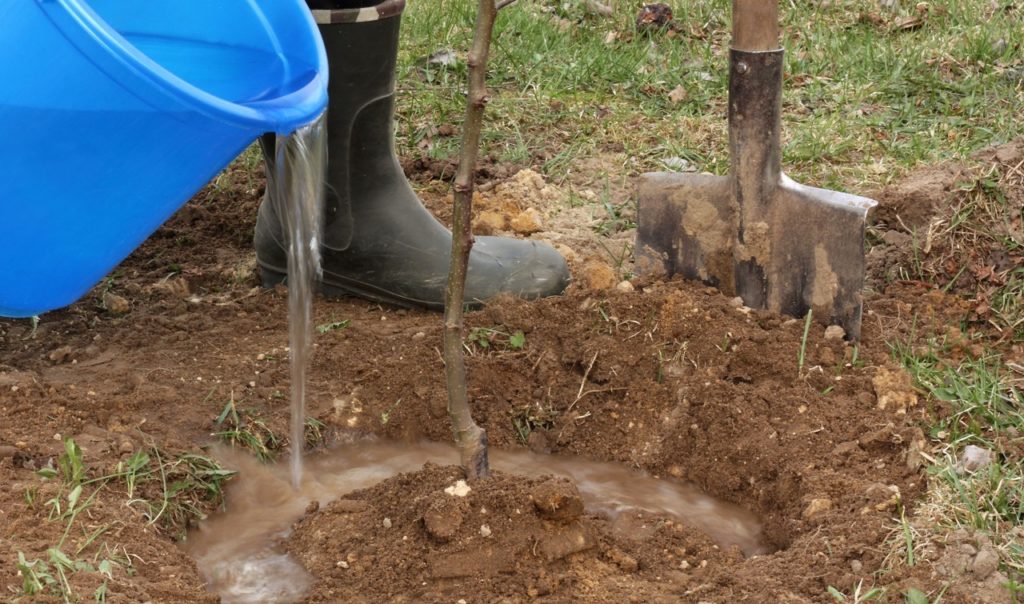Easy-To-Follow Fertilising Guidelines For Apple Trees That Will Boost Growth

Reviewed By COLIN SKELLY

Colin is a Horticulturist and Horticultural Consultant with experience in a range of practical and managerial roles across heritage, commercial and public horticulture. He holds the Royal Horticultural Society’s Master of Horticulture award and has a particular interest in horticultural ecology and naturalistic planting for habitat and climate resilience.
Contributions From TOM ADAMS

Tom's nursery specialises in a range of fruits, including apples. The nursery has been certified Organic by the Soil Association and has been featured in The Guardian and The Daily Telegraph for its work.

Julie and the team strive to do more for the community than just grow trees. Described as a ‘social enterprise tree nursery’, Sheffield Fruit Trees is a not-for-profit organisation that is working towards planting more edible trees across the whole of Sheffield to connect more people to their food.
IN THIS GUIDE
Fertilising apple trees can be difficult as it requires a consideration of a lot of different variables to get it right.
As for the kind of fertiliser, granular, powder, liquid, spikes or pellets can all be used, which might add to the confusion!
Though a one-size-fits-all regimen for feeding apple trees is not realistic, this gardening task can certainly be simplified.
In this guide, I’ll offer general guidelines and some specifics that are a happy medium between various alternatives which should help make this process simpler for you.
General Feeding Guidelines
Here are some important guidelines when fertilising your apple tree:
- The younger the tree and the narrower the trunk, the less it should be fertilised. Do not feed saplings for up to 2 years and only start feeding when the tree is a minimum of 3 years old.
- The proportional increase of fertiliser should be capped at seven years which is when an apple tree reaches full maturity.
- Fertilise once just before the tree comes into bud. Exactly when this occurs will depend on your tree’s flowering group and your location in the UK.

- As a general rule, use a high-potash formula, a nitrogenous formula, or both as appropriate. Avoid using pure nitrogen for annual fertilising. Well-rotted chicken manure may be used to improve the soil or as an alternative to nitrogenous fertiliser.
- For culinary or cooking apple variety trees, you may apply 30-40% more fertiliser than for dessert or eating varieties.
How To Feed Apple Trees
I’d suggest that you do not fertilise an apple tree during its first two years, but you can still mulch it, as Tom Adams, Owner of Tom Adams Fruit Tree Nursery, shares:
“Make sure your young tree is staked, well mulched and protected from anything that might want to eat the bark, such as rabbits or sheep.
“Having good healthy soil is one of the most important factors when caring for apple trees.”
Master Horticulturist Colin Skelly explains when you need to mulch your apple trees:
“Most loam or clay soils will have sufficient nutrients in the soil to grow apple trees; think of mulching as providing a healthy meal and fertiliser – a bit like a power drink!

“Mulching early in the season when a lot of energy is being expended by the tree can provide a boost but don’t overdo it as this can be harmful to overall soil health.
“Fungi, microbes and bacteria populations that keep the nutrient cycle turning – think of annual mulching as feeding the soil, which in turn will feed your apple.”
Apple trees do best in moderately fertile, loamy soil that is not overly rich.
You may also work in some bonemeal into the soil, but only sprinkle a pinch or two outside the drip line at least 40cm from the trunk.
This one-time application will enhance the soil’s phosphorous levels.

This type of very limited application of bonemeal early in the tree’s lifecycle will promote healthy rooting and, resultantly, strong roots in the mature tree.
However, be aware that over-application or repeated application of bonemeal and other strong fertilisers can cause root burn or fertiliser burn, which can even prove fatal for young or diseased trees.
From the tree’s third year onwards, fertilise it on the cusp of winter and spring and then again in early summer.
“Make sure to put some good compost on top of your tree, mulch it well with hops or well-rotted woodchip, and give it a sprinkle of nutrients if you can,” recommends Julie Bellemann, one of the co-op members from the not-for-profit plant nursery Sheffield Fruit Trees.
“Seaweed powder, rock dust and mycorrhizal all work really well.

“Taking your time and planting it well with appropriate mulch and fertiliser will make sure your apple tree has the best possible chance of surviving and giving bigger and healthier yields.”
When planting an apple tree, make a shallow, narrow trench around the tree about 10cm outside the drip line.
This can easily be done using a narrow-blade gardening hoe if the tree is growing on bare ground.
Making a round trench is critical if the tree is growing in grass.
In this case, a shovel will be needed as it might be necessary to dig up the grass.
Work the fertiliser into the soil and give the ground a good soaking or prepare a solution and then pour it around the tree, after which it should be watered in.

